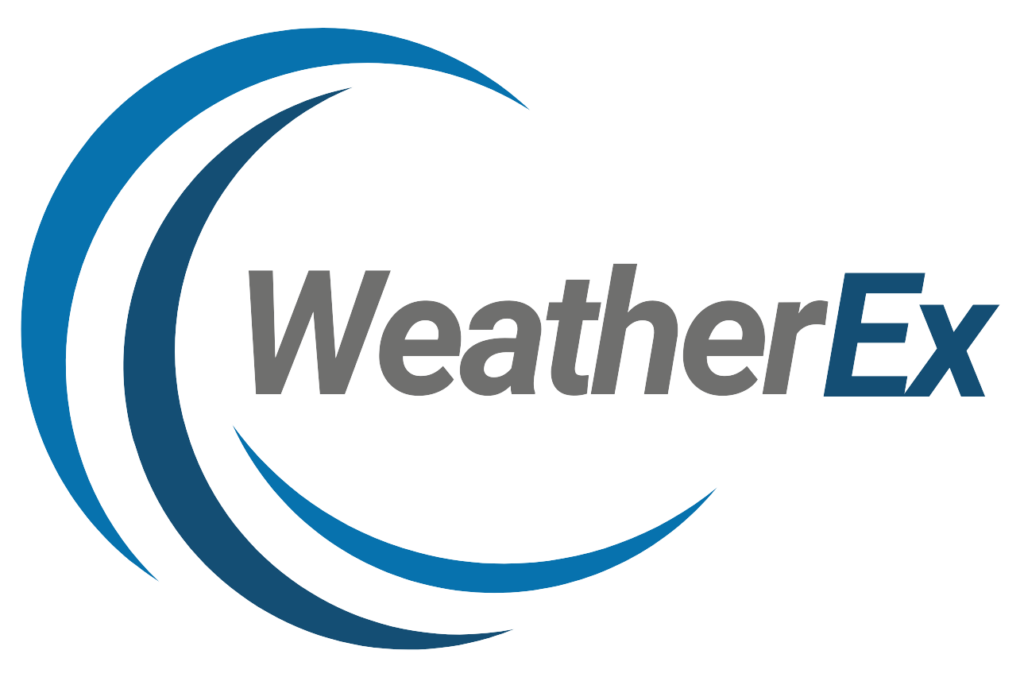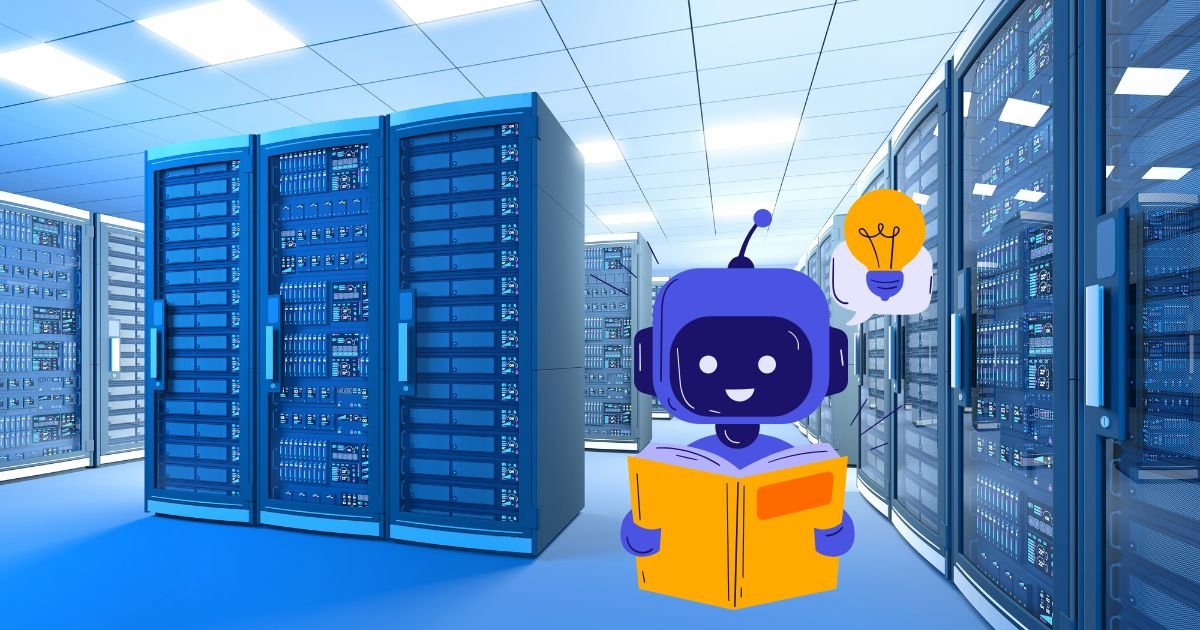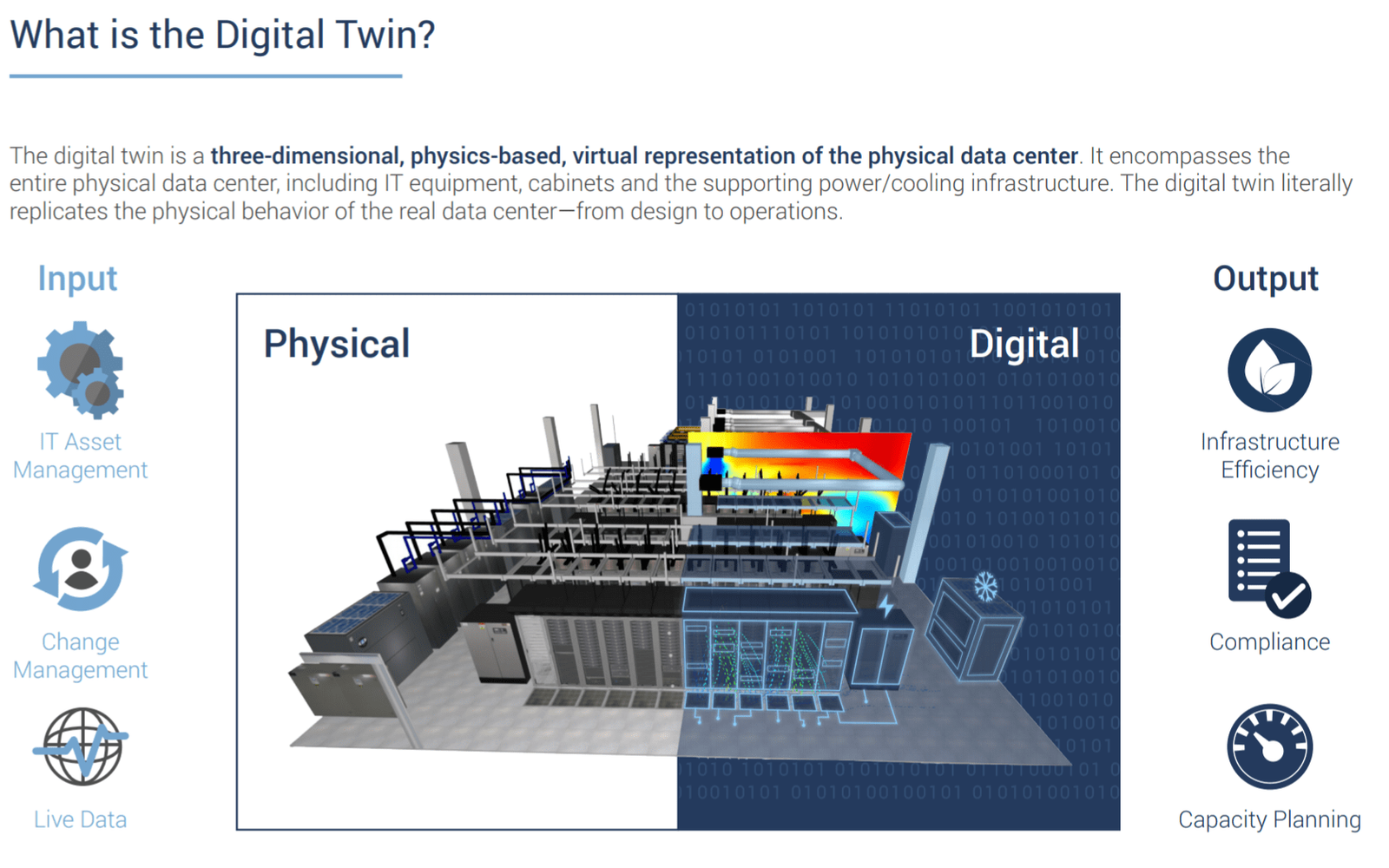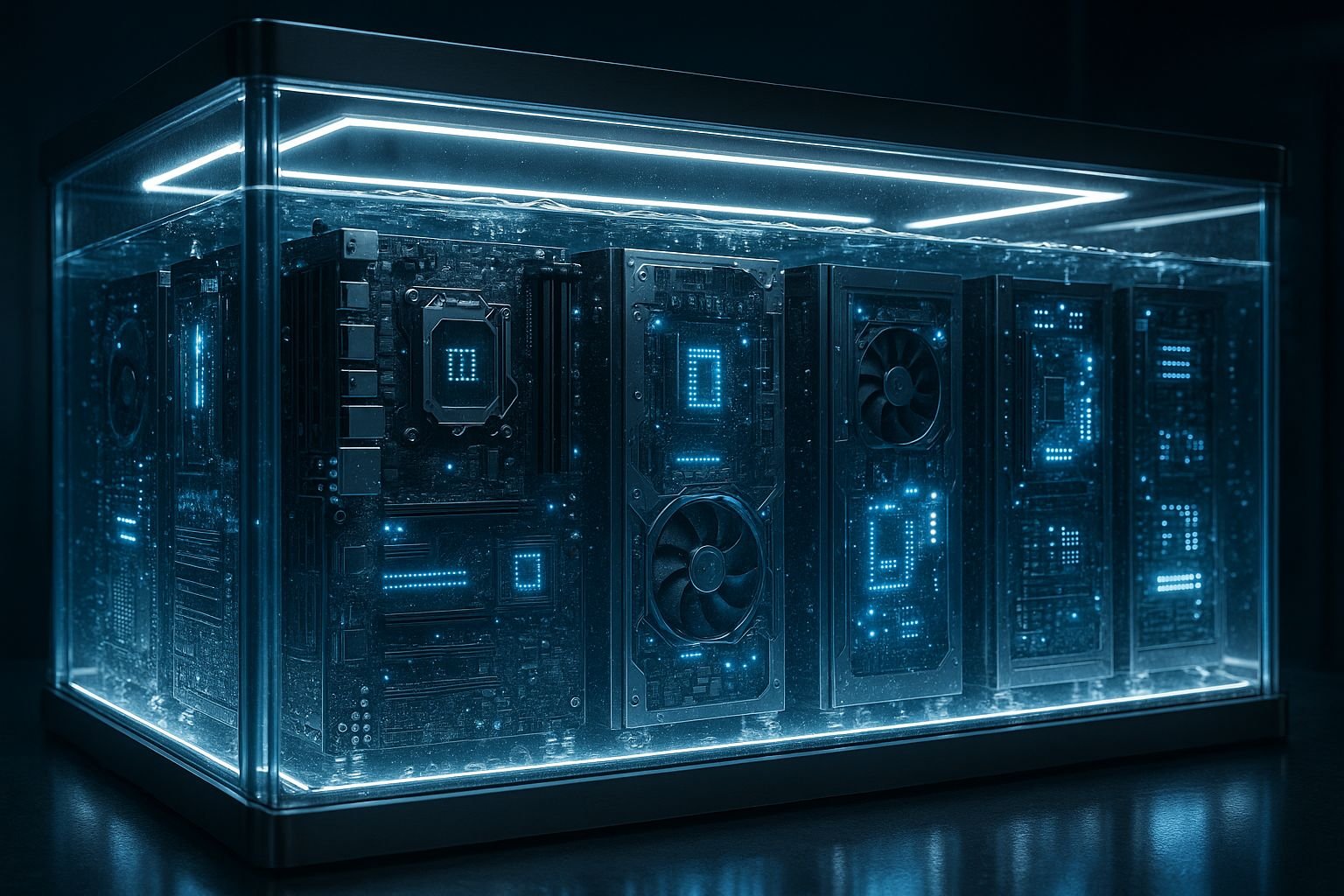
Introduction
In modern manufacturing, every millisecond counts and every weld can determine the success of an entire product. Whether it’s the strength of an automotive body, the reliability of an EV battery module, or the precision of an aerospace component, Resistance Spot Welding (RSW) quietly holds the industry together. It is the workhorse of high-volume production, performing millions of welds across global factories every single day. But here’s the reality industry leaders know too well: consistency is the hardest part. Despite standardized parameters and decades of engineering know-how, weld quality can drift unexpectedly across shifts, lines, or material batches. Minute variations in sheet coating, electrode wear, temperature cycles, operator technique, or robot alignment can push a weld from “good” to “risky” without warning. In high-throughput plants, even a tiny spike in defect rate can translate into:
- Costly rework and scrap,
- Line slowdowns or stoppages,
- Customer returns or warranty claims, and
- Compromised brand reputation.
In an era where margins are tight, product cycles are short, and OEM expectations are higher than ever, the industry can no longer afford reactive quality control. Manufacturers are looking for smarter, more adaptive systems that can see issues before they become failures, optimize processes autonomously, and deliver consistent quality at scale. This is where Machine Learning is stepping in not as a futuristic concept, but as a practical, high- impact tool redefining how RSW is monitored, controlled, and optimized on the shop floor. As factories push toward higher automation, tighter quality windows, and zero-defect manufacturing, traditional rule-based controls simply can’t keep up with the complexity. Welding cells today generate vast amounts of data current waveforms, force curves, electrode displacement signals, thermal profiles, and vision feedback but most of it goes unused. Hidden inside this data are patterns that reveal weld instability, early signs of electrode degradation, or subtle shifts in material behaviour long before a defect shows up on the line. Machine Learning turns this unused data into actionable intelligence. Instead of relying solely on fixed parameter windows or periodic destructive testing, ML-enabled systems learn how a “good weld” behaves across thousands of samples, materials, and production conditions. They can detect quality deviations in real time, predict failures before they occur, and even recommend optimal settings automatically. This marks a fundamental shift: from reactive adjustments to proactive, adaptive, data-driven welding control.
Machine Learning techniques and Real Time Application
Different ML techniques inside an RSW ecosystem are discussed as follows:
- Anomaly Detection and Real-Time Weld Quality Prediction: ML models analyse current waveforms, voltage signatures, force curves, acoustic signals, and electrode displacement in milliseconds. They classify each weld as pass, warning, or at-risk, enabling immediate corrective action.
Anomaly Detection Models
- Isolation Forest: Detects early process drift, abnormal heat signatures, or sudden resistance changes using only good weld data.
- One-Class SVM: Flags deviations in waveform patterns caused by sheet gap, electrode misalignment, or coating variation.
- 1D Convolutional Autoencoder: Learns normal current/voltage waveforms; reconstruction errors indicate weak nuggets or expulsion events.
- STM Autoencoder: Captures time-based anomalies such as progressive electrode wear or unstable force application.
Real-Time Weld Quality Prediction Models
- XGBoost/LightGBM: Fast, production-grade models for instant Pass/Fail/Warning classification using engineered features.
- 1D CNN Classifier: Directly analyses raw high-frequency waveforms to detect poor fusion, overheating, or abnormal nugget growth.
- Transformer-Based Models: Fuse multiple sensor streams (current + voltage + force + acoustic) for high-accuracy prediction in advanced welding cells.
- Parameter Optimization for Every Material & Condition: ML continuously learns the relationship between current, time, force, and resulting nugget quality. It recommends or eventually applies optimal parameters for new materials, stack-ups, or coating changes.
- Bayesian Optimization:Finds the best current–time–force combinations with minimal experimentation. Ideal for tuning welding schedules.
- Gaussian Process Regression (GPR): Models nonlinear process behavior and predicts nugget diameter or tensile strength under different parameter settings.
- XGBoost / Random Forest Regression: Fast, interpretable models used to predict weld quality outcomes and identify the most influential parameters.
- Neural Network Regression (MLP) learns complex interactions between parameters and nugget quality; useful for multi-material weld schedules.
- Genetic Algorithms (GA): Search-based optimization for discovering optimal welding schedules across diverse material combinations.
- Electrode Wear Forecasting & Smart Maintenance: By analyzing trends in resistance, heat generation, indentation depth, electrode displacement, and nugget consistency, ML models can accurately predict the remaining useful life (RUL) of electrodes. This shifts maintenance from guesswork to data-driven scheduling. Models such as LSTM (Long Short-Term Memory) and GRU networks are widely used because they learn time-dependent wear patterns across thousands of weld cycles. Random Forest Regression and XGBoost Regression provide fast, interpretable predictions of electrode wear rate based on historical sensor data. More advanced approaches like Temporal Convolutional Networks (TCN) and Transformer-based time-series models capture subtle degradation signals in current/voltage waveforms. In some OEM applications, Survival Analysis models (e.g., Cox Proportional Hazards) estimate electrode failure probability over time, enabling precise planning of tip dressing or electrode replacement.
- Vision-Based Weld Surface Monitoring: ML-powered vision systems automatically detect surface indentation issues, expulsion marks, misaligned weld spots, and other visual defects enabling 100% automated visual inspection.
- Multimodal Fusion for Higher Accuracy: ML-powered vision systems automatically detect surface indentation issues, expulsion marks, misaligned weld spots, and other visual defects, enabling 100% automated visual inspection. Convolutional Neural Networks (CNNs) such as ResNet, EfficientNet, and MobileNet are commonly used to classify weld surfaces and identify defects with high accuracy. For more detailed localization tasks such as highlighting burn marks, cracks, or excess indentation segmentation models like U-Net and Mask R-CNN are deployed to generate pixel-level defect maps. When weld positions vary across components, YOLO-based object detection models help detect weld locations and verify their correct placement. Advanced setups use Vision Transformers (ViT) or ConvNext to capture subtle texture deviations in coated or multi-material weld surfaces. Together, these models support real-time, automated weld inspection without operator intervention.
The diagram illustrates how data is captured from multiple sensors including current sensors, thermal sensors, and acoustic/vibration sensors mounted around the welding gun. These multimodal signals provide information on heat generation, electrical behavior, mechanical stability, and weld nugget formation. The collected sensor data is transmitted to a Data Acquisition (DAQ) system, where it is synchronized, processed, and streamed in real time. The DAQ outputs continuous data to monitoring and ML-based analytics modules that evaluate weld quality, detect anomalies, and flag deviations such as expulsion, insufficient heat input, or electrode wear. This architecture enables adaptive, data-driven weld quality control during the RSW process.

Conclusion
As manufacturing enters a new era of speed, precision, and automation, the expectations placed on Resistance Spot Welding have never been higher. Meeting those expectations requires more than traditional controls or periodic inspections it requires intelligence at the very heart of the process. Machine Learning provides exactly that. By transforming weld data into actionable insights, ML enables factories to detect defects early, maintain consistent quality, optimize parameters automatically, and extend the life of consumables. It empowers engineers with deeper visibility, equips quality teams with real-time decision support, and gives operations leaders the confidence of a stable, predictable production line. In a landscape where competition is global and margins are tight, ML-driven RSW is not just a technological upgrade it is a strategic advantage. Manufacturers that invest today will build smarter, more resilient, and more efficient welding operations for tomorrow.





